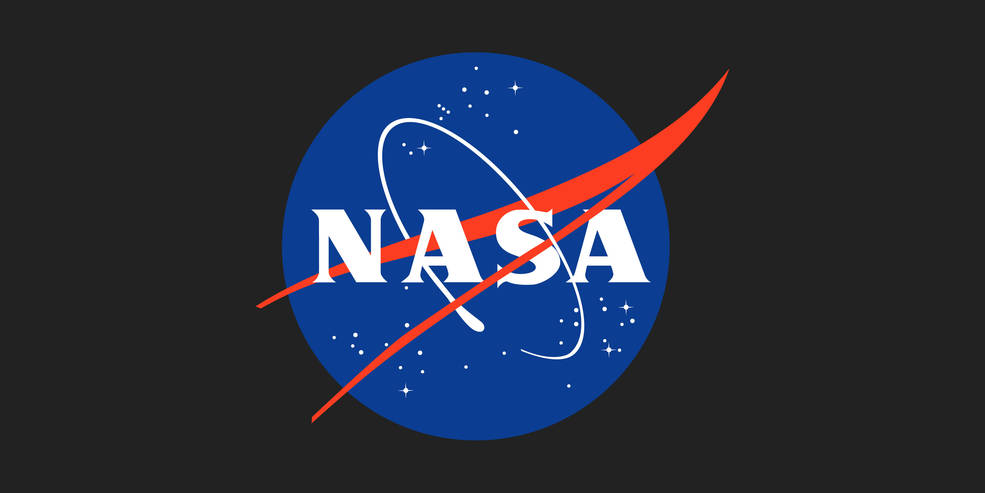
Following extensive testing and analysis of oxidizer isolation valves on Boeing’s CST-100 Starliner service module propulsion system, Boeing has decided to move up service modules currently in production for its upcoming uncrewed and crewed flight tests to the International Space Station as part of NASA’s Commercial Crew Program.
The service module originally planned for its Crew Flight Test (CFT) will now be used for the Orbital Flight Test-2 (OFT-2) mission, and the service module planned for the Starliner-1 flight will be used for CFT.
“NASA has been working side-by-side with Boeing on the service module valve investigation, including leveraging the agency’s materials and propellants expertise to better characterize the potential causes of the issue,” said Steve Stich, manager, NASA’s Commercial Crew Program. “Because of the combined work, we have a much better understanding of the contributors that led to the valve issues, and ways to prevent it from happening in the future. Boeing remains diligent and driven by the data during its decision making, which is key to ensuring the Starliner system is ready when we fly our test missions in 2022.”
Ongoing investigation efforts continue to validate the most probable cause to be related to oxidizer and moisture interactions. NASA and Boeing will continue the analysis and testing of the initial service module on which the issue was identified leading up to launch of the uncrewed OFT-2 mission in August 2021.
“Our objective was to get back to flight safely and as soon as possible. With this objective in mind, we set out on parallel paths: remediating valves to preserve the option of utilizing the existing service module (SM2), while also working to accelerate the build of the next service module (SM4),” said John Vollmer, vice president and program manager, Boeing’s Commercial Crew Program. “Based on the results to date we’ve decided to fly SM4 next and continue longer term tests with SM2 hardware, on the vehicle and in offline facilities.”
Teams conducted extensive analysis on the valves in Boeing’s Commercial Crew and Cargo Processing Facility, NASA’s Marshall Space Flight Center and outside laboratories. That analysis included testing samples of the corrosion, using specialized micro CT scans and borescopes to see inside the valves, exposing parts of valves to various conditions, and removing and disassembling several valves.
“I am incredibly proud of the entire NASA and Boeing team for their creativity and technical excellence while working this investigation,” Stich said.
Testing is continuing at NASA’s White Sands Test Facility to expose the valves to conditions similar to those that the spacecraft experienced inside the factory and at the Atlas V launch pad and Vertical Integration Facility prior to the last launch attempt.
Testing has already taken place on the former CFT, now OFT-2, service module to ensure the health of the hardware. The team will also apply preventative remediation efforts to this service module to prevent similar issues from occurring. The team is now working through next steps for removing and replacing the service module.
“The members of the combined team are consummate professionals, who continue to safely and systematically troubleshoot and safe the wet propellant system,” said Vollmer. “I’m very proud of their resolve.”
NASA, Boeing, United Launch Alliance and the Eastern Range continue to assess potential launch windows for OFT-2. As part of the standard process for requesting a launch slot on ULA’s manifest in the first half of 2022, Boeing has agreed to an open window in May, pending spacecraft readiness and space station availability. Potential launch windows for CFT are under review.
More details about the mission and NASA’s commercial crew program can be found by following the commercial crew blog, @commercial_crew and commercial crew on Facebook.

